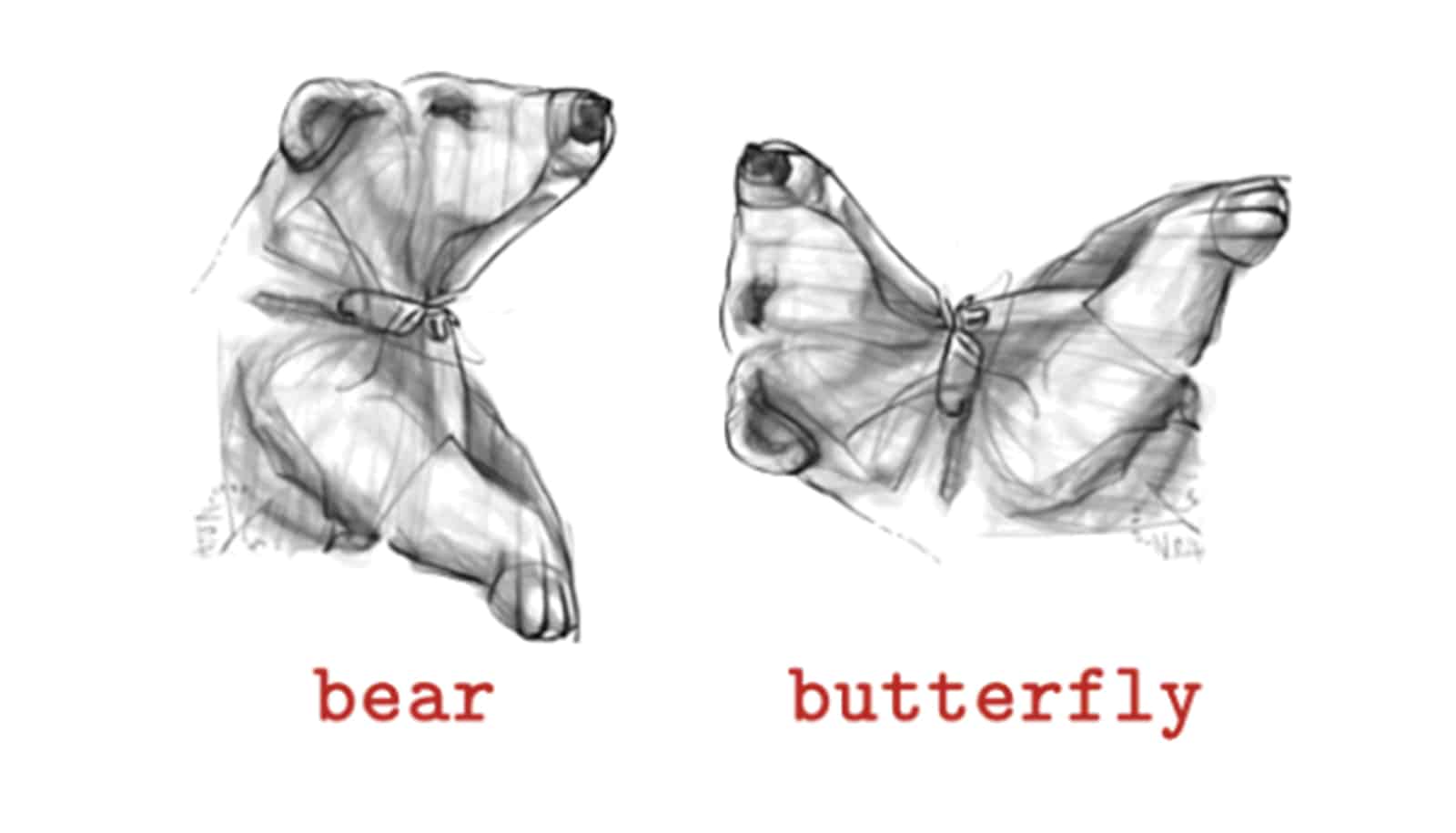Gender, race, and age influence our perceptions of people as “too fat” or “thin enough,” research shows.
“It looks like obesity is in the eye of the beholder,” says coauthor Vida Maralani, associate professor of sociology at Cornell University. “People are judged differently depending on who they are. ‘Too fat’ in the medical world is objective. You can measure it. But in the social world, it’s not. It’s subjective.”
Many studies have linked obesity with poor socioeconomic outcomes like lower wages, family income, marriage rates, and spousal earnings. But this study, which appears in Sociological Science, is different, because it looks at similar measures both over time and across gender and race.
“We find quite consistent patterns for white Americans across outcomes and over time. For white men, there was a penalty both for being too thin and for being too fat. For white women, thinner was nearly always better,” Maralani says.
Obese patients aren’t getting obesity diagnosis
“For African Americans, the link between body mass and these outcomes dissipates…people seem to have become more accepting of larger bodies. But that’s not true for whites,” she explains.
One of the more notable findings of the study was just how much society expects white women to be thin. The higher a white woman’s BMI, the lower her wages. Conversely, white women with the lowest body mass had the highest wages.
The patterns for white men are consistent with a body norm too—one that’s not too thin and not too fat.
“I think our focus on the medical definition of obesity has led us to lose track of the fact that, in the social world, we have quite subjective and fluid definitions of what it means to be fat or thin for different groups.”
Many parents underestimate their kids’ weight
Maralani’s coauthor is Douglas McKee, senior lecturer in Cornell’s economics department.
Source: Cornell University



